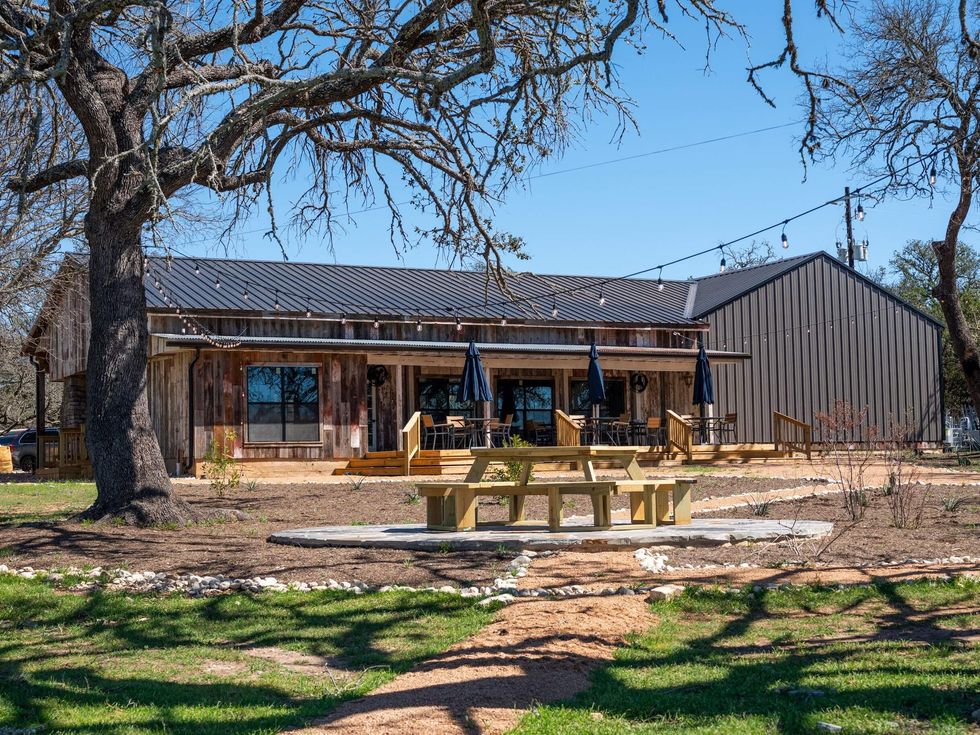Tourist Tax
San Antonio adds new tourist tax as city's popularity continues to grow

The number of tourists coming to San Antonio continues to soar. According to researchers at Trinity University, Alamo City greeted 37 million visitors in 2017 — that’s 7.3 million more than 2015.
Yet, leaders in the San Antonio hospitality industry have long worried whether they collectively have enough resources to better market San Antonio as a prime destination for tourists, convention-goers, and business people. As major U.S. cities ramp up spending to promote their hospitality industries worldwide, San Antonio is getting some help in the form of a Tourism Public Improvement District, the creation of which the City Council approved on December 6.
Among the perceived benefits of the district is it allows participating hotels in downtown and elsewhere around San Antonio to levy a 1.25 percent tax on each guest.
The fee, which takes effect January 1, will be assessed on a nightly basis on people staying in hotels that have 100 or more rooms. (The fee is in addition to the 16.75 percent occupancy tax that guests pay at such large hotels.) Organizers behind the public improvement district say the new fee could generate more than $10 million yearly based on an eight-year agreement.
The money will go to Visit San Antonio, the city’s independent convention and visitors organization, to expand marketing and advertising efforts. Leaders from the local hospitality industry told the council on Thursday that Visit San Antonio’s budget $25 million is too far behind the budgets of counterparts in Houston ($35 million) and Dallas ($37 million), and is more on par with the smaller Austin ($20 million).
A nonprofit corporation board of directors will oversee the new district. The TPID will have two zones — downtown and outside of downtown — which will help determine representation on the board.
VSA Executive Director Casandra Matej and Liza Barratachea, San Antonio Hotel and Lodging Association president and CEO, wrote industry stakeholders the day before the council vote, rallying them to support the TPID initiative.The idea is to help raise the number of people visiting or arranging meetings and events in San Antonio’s hotels, as well as to the Henry B. Gonzalez Convention Center, Alamodome, and other gathering and recreation venues.
“The TPID will enable our industry to remain competitive in an increasingly challenging market, but will also allow us to grow and strengthen our market share,” Matej and Barratachea wrote in a joint statement.
Advocates of the TPID collected signatures from 75 percent of hotels that could end up participating, surpassing the minimum 60 percent required. Industry representatives said they know the risk in levying a new fee upon hotel guests, but that the dollar amount seen by visitors would be negligible, and that the return on investment would outweigh any negatives.
Hospitality is an increasingly competitive industry, with VSA’s latest annual report showing the industry’s economic impact of $15.2 billion on the local economy in the form of spending, fees, taxes, employment, and advertising. A draft plan shows that 45 percent of money produced from new fee would go to marketing to drive more hotel-related activity to San Antonio.
“The marketing program will promote San Antonio hotels within the district for increased business travel, leisure, meeting, and event business at district hotels,” the plan states. “The program will set out to increase room night sales and may include but is not limited to the following activities.”
Some of the marketing activities that could benefit from the TPID funds include increased internet marketing, more print, television and radio ads, and production of new promo materials, such as brochures, flyers and maps.
Another 45 percent of money collected from the new fee would be dedicated to initiatives meant to increase room night sales through more sales staff in key regions. There also would be more measures designed to lure new meetings, conventions, events and business travel to hotels participating in the improvement district.

 The summer season at Waco Surf begins May 10.
Photo courtesy of Waco Surf
The summer season at Waco Surf begins May 10.
Photo courtesy of Waco Surf
 W Austin features a 1,798-square-foot penthouse suite, the largest in the city.
Photo courtesy of W Austin
W Austin features a 1,798-square-foot penthouse suite, the largest in the city.
Photo courtesy of W Austin
 The new winery will host cooking classes to pair with its Cabernet wines.
Photo courtesy of Charleston Taylor Estate Winery
The new winery will host cooking classes to pair with its Cabernet wines.
Photo courtesy of Charleston Taylor Estate Winery